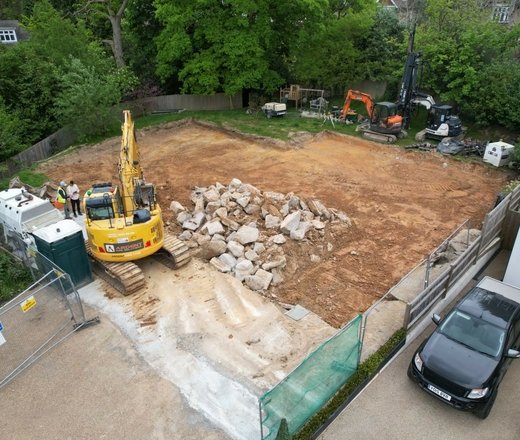There's an undeniable charm to heritage properties that transcends the ordinary. These homes aren't just bricks and mortar; they're living, breathing narratives of the past, each with a distinctive story to tell. Successfully selling a heritage property is a unique journey, one that requires a tailored approach that respects its history while appealing to the modern buyer.
The history of a heritage property is a significant selling point. It's not just about the architecture or the previous notable inhabitants; it's about its place in the local history. This storytelling can captivate potential buyers who are looking for more than just a house; they're looking for a home with a soul, a story, and a sense of belonging.
Heritage properties often boast unique architectural features like original hardwood floors, crown mouldings, or stained-glass windows. These classic features are a testament to the craftsmanship of a bygone era, and they need to be highlighted in your marketing efforts. But remember, it's not just about preserving these features; it's about ensuring they are well-maintained and restored to appeal to modern aesthetics.
Selling a heritage property isn't just about the property itself; it's about understanding the market. Your potential buyers are likely looking for something beyond the ordinary. They're looking for a home with a soul, a story, and a sense of belonging. Your marketing strategy needs to reflect this.
Navigating the regulations around heritage properties can be tricky, but it's an essential part of the process. Being well-informed about any restrictions or requirements and communicating these transparently to potential buyers is key.
Investing in high-quality photography that captures the essence of the property is crucial. These photos should highlight the historical details while showcasing the home as a livable, functional space.
Pricing a heritage property can be challenging due to its unique characteristics. Factors like historical value, condition, and comparable sales of similar properties in the area need to be considered.
While the historical aspect is vital, modern comforts are equally important to buyers. Highlight any upgrades like modern plumbing, electrical systems, or insulation that offer the convenience of modern living while retaining historical charm.
Selling a heritage property requires a deep appreciation of its history coupled with a strategic approach to finding the right buyer. By emphasising its unique character and historical significance, you can attract buyers who are looking for more than just a house, but a piece of history to call home.
If you need advice and help on buying or selling a property, please contact us to speak with one of our award-winning team who will be able to help you.
Market your property with Maddisons Residential
For many, the first point in their house moving journey, is to understand the value of their current home. Whether you want a quick, instant, online indication, or a more robust property specific and individual valuation, we would be delighted to help.





